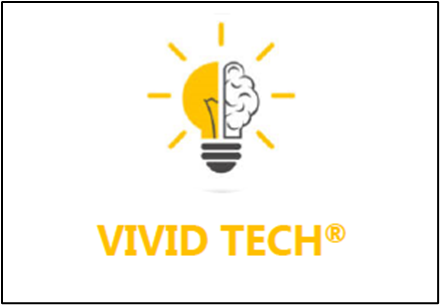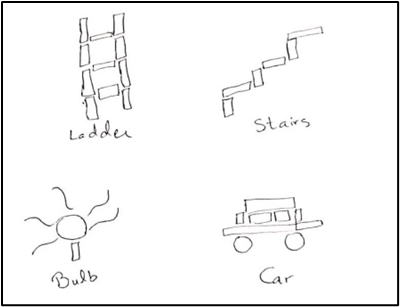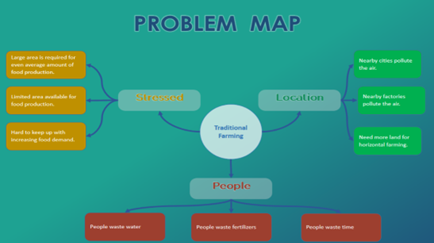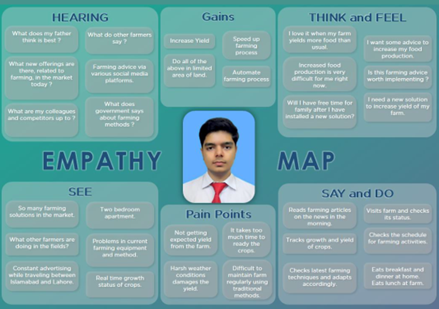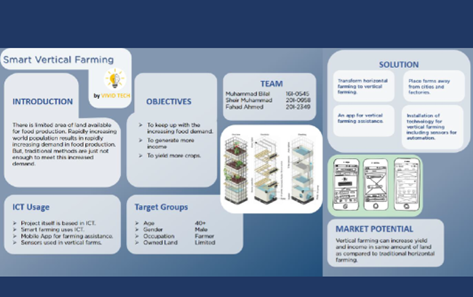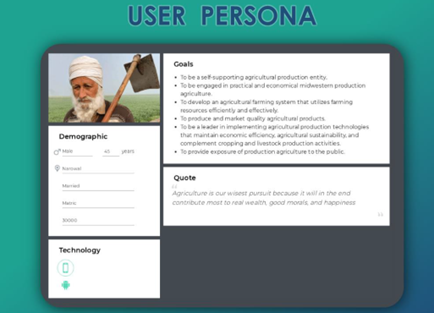
Description of the course
The course focuses on cognitive aspects of design, design thinking and evaluation of user interfaces. More specifically, it focuses on cognitive aspects of usability engineering, prototyping using wireframes, task analysis, user-centered design, conceptual models, metaphors, software design and game design. The above are applied in simple formal experiments for evaluating usability hypotheses. Upon completion of the course students are able to design usable systems that can be seamlessly integrated in everyday life, providing solutions. More specifically, students are able to use design thinking in problem solving contexts, design application front end prototypes using visual studio and wireframes, design applications and systems that comply to cognitive aspects of design and evaluate applications using multiple methods, including user testing.
Description of the participants
The course targets students enrolled in the Bachelor of Science in Software Engineering program. In the spring semester of the 2021 – 2022 academic year 110 students attended the course.
Description of gamified design thinking activities
A learning activity based on gamified design thinking was specifically designed for the course. The objective of the learning activity was to challenge students to design and deliver applications more effectively address user interests. The activity was implemented as a semester project. Students were briefed about design thinking through a workshop that took place in the 2nd week of the semester. Several tools and resources were used in the workshop to facilitate and better carry out the activities, including markers, A4 sheets, laptops and Microsoft® Word. The workshop was coordinated by a supervisor and researcher. Students worked in teams. Two separate sessions took place over the course of the week, each with a duration 1 hour 15 minutes. At the end of each session students submitted reports on assigned research questions. The activities included the following steps.
Step 1. Team building and empathy.
The workshop coordinator introduced students to design thinking. Students formed teams and were asked to introduce a team name and create a team logo. They worked on the team canvas, in which the documented goals, roles, skills, values, activities and purpose of the team. The purpose of the canvas was to encourage team members to reflect on what and why they focused on. Subsequently, students performed creativity exercises. In this warmup activity students were encouraged to think out of the box to create something useful with given shapes, such as a car, stick person, broom, hospital, etc. Finally, students documented in a map the activities that each team member worked on and developed individual texts on their talents and strengths that could support the team to succeed.
Step 2. Problem assignment.
The high-level theme of the workshop was sustainable food production. The workshop coordinator introduced the topic and described it by saying that there is limited area of land available for food production with rapidly increasing world population results in rapidly increasing demand for food production while traditional methods are just not enough to meet this increased demand.
Students looked into the problem space to discover design possibilities that might lead to a solution concentration. To accomplish this, team members had to agree on a single view of the design problem by identifying the most significant data. Each team selected a single problem and briefly described it.
Step 3. Problem discovery.
Different activities are carried out to formulate the problem with different perspectives by applying immersion, shadowing, and associations.
Students performed a number of problem discovery exercises, the objective of which was to help them understand that looking at a problem from different perspectives can contribute to the design of an effective solution. Exercises included the neighborhood watch, in which students walked around their neighborhood alone and accompanied by specialists, such as an engineer, gardener or other documenting each time what they see. Another exercise was immersion, in which students followed user steps in a typical problem to understand their experiences. In the shadowing exercise, students followed around a non-expert documenting memorable experience, events that surprised them and information they discovered. In the establishing associations exercise, students documented 3 ideas related to each of the problem, the problem and people, the problem and places and the problem and feelings. They created a problem map, in which they color-coded problems with respect to feelings, locations and people. Finally, they researched the problem on the internet, describing it with images, text, video and links.
Next, students performed user observation exercises, which are also considered to be part of problem discovery. Exercises included interview preparation, in which students prepared questions in advance and interview documentation, in which each team interviewed different persons filling in an interview card. Students then created an empathy map describing a characteristic user and describing what the user sees, hears, thinks, feels, says and does all of which help document the pain and gain of the user.
Step 4. Point of view, ideation and idea evaluation.
Based on the results of the problem discovery phase students defined the problem they would like to focus on in a who-what-how statement. Subsequently, students generated ideas that addressed the problem statement. To be innovative, students were encouraged to consider different perspectives. Ideation exercises included listing an idea that starts from each letter of the alphabet, a solution that could be implemented if resources were unlimited, a solution that could be implemented with very limited of resources, namely 100 rupee, an solution that makes someone uncomfortable and a solution that can be implemented with magic, a code name for technology.
Finally, students evaluated their ideas by selecting the most innovative, the most unlikely, the most reasonable or the simplest that can be turned into a prototype. Some of the ideas suggested by students include:
- Add more filter plants on farms.
- Buy more area.
- Create.
- Decrease time consumption in farming.
- Enhance the farming process.
- Fetch more seeds.
- Gain a competitive advantage by buying more land.
- Hire a farming consultant.
- Increase food production and profits.
Step 5. Prototyping.
Students developed a tangible prototype of their solution of choice. The prototype was a manifestation of their theoretical idea into paper and tools. The selected idea was turned into a poster, which had different sections that represent the entire design thinking process along with the problem statement and its solution.
Step 6. Reflection.
Students reflected on their workshop engagement including the most memorable experiences, the biggest surprise and their discoveries that enhanced their learning.
